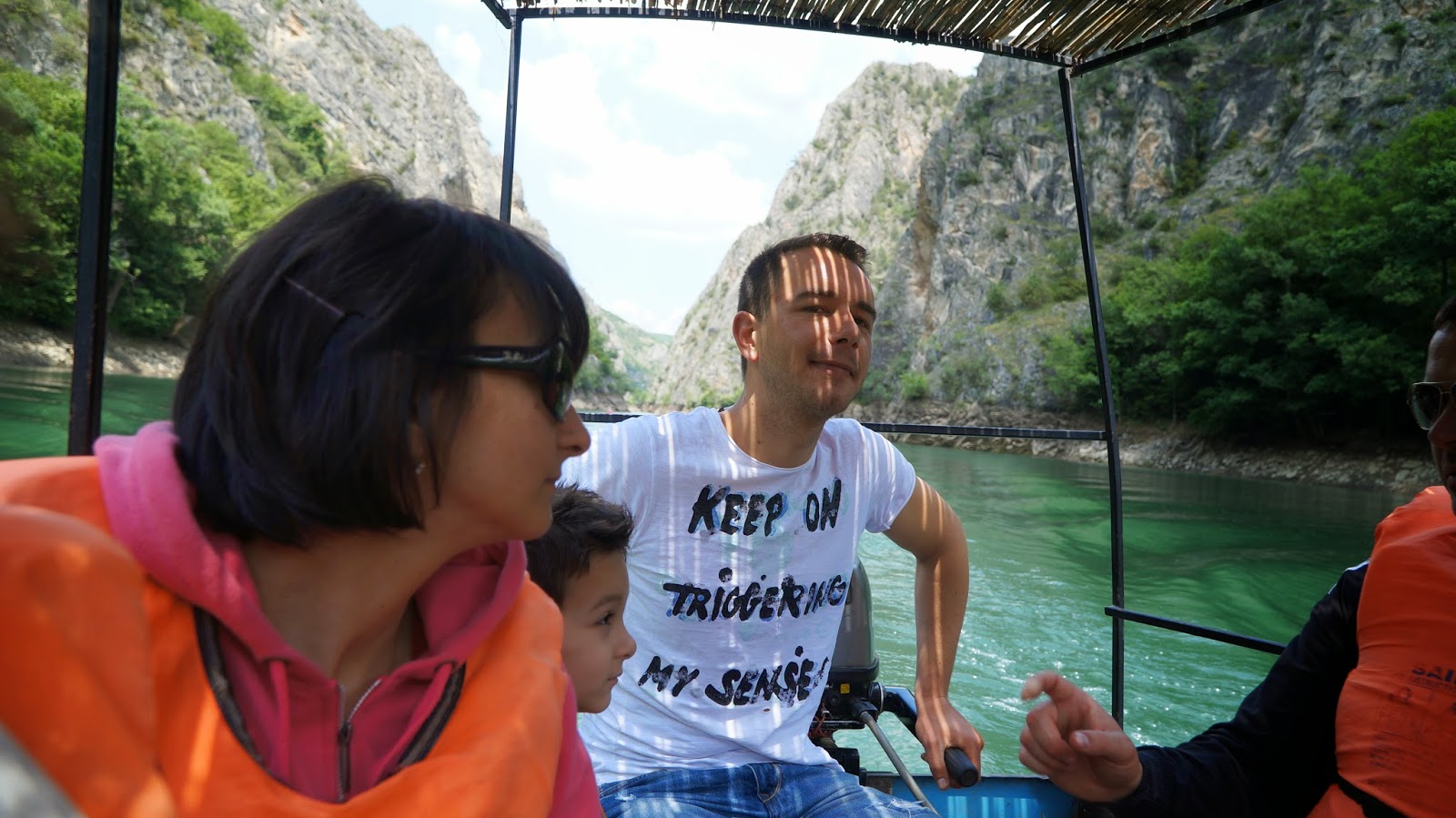Istanbul, once again. I can't get enough of this
city. In 2010 I heard there were twelve million people living here. This time I
heard fifteen million and can't imagine that it happened so fast. Maybe it's
just a rumor, but I believe it. Istanbul is packed with people, cars and stray
cats. It verges on madness but its a madness I love.
I saw most of the tourist sights on a previous
trip but missed the Chora, a church with beginnings around 500 AD. A
ressuration in the 12th century is when the mosaics were added and those are what Chora is best known for now, though they are considerably worse for wear. I found
my way by city bus only to find that the main part of the church is closed for
repairs.I was not happy about missing so much but I really admired the stone used it its interior walls, granite, I think, cut into thin slabs and placed side by side to produce patterns.

One can't go to Istanbul without visiting the
Grand Bazaar. It isn't far from my hostel so I went more than once. I am a firm
believer in never leaving by the same entrance or following the same streets
home two times in a row. This bazaar is so big that finding the same entrance
to leave by is tricky anyway. As for the streets, I never know where I might
wind up but that's half the adventure.
Back to the fountain in Sultanhamet my last
evening, the one before that, and even before that. I was spending down my
money at that point, buying tissue packs I don't need and dropping coins in the
boxes of the very young buskers with their plastic recorders. Roasted corn and
fresh squeezed juice vendors, perfect night temperatures, tourists with their
cameras, women in headscarves, all are part of the picture. A prefect ending, I
say. Tomorrow the long flight home.






















































